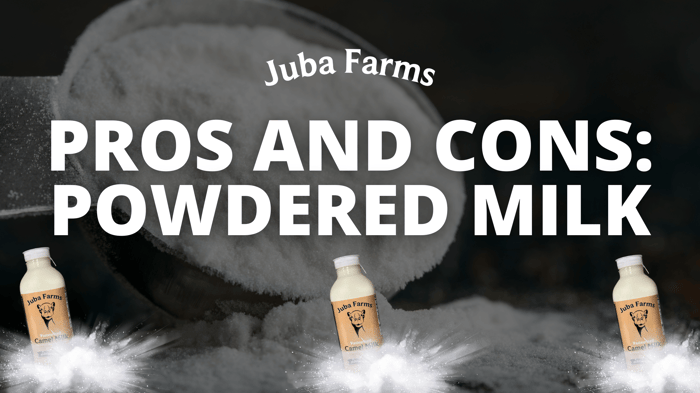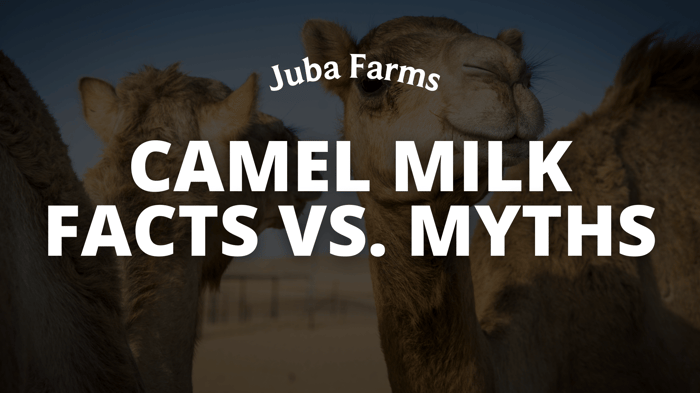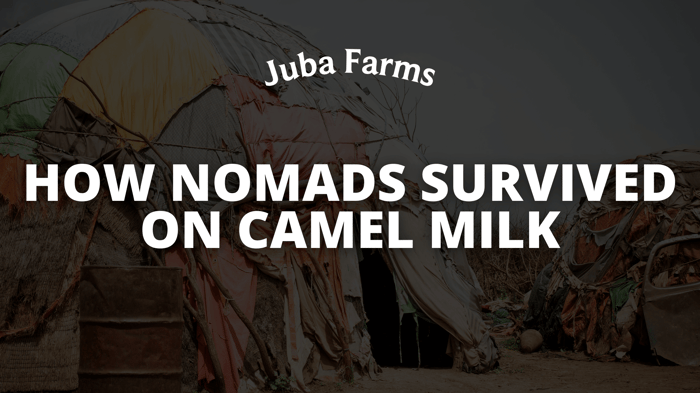Table of Contents
When I first discovered powdered camel milk, I had so many questions. Could it really compare to fresh camel milk? Would it still deliver the same health benefits? And how exactly is it made?
For those of us in places where fresh camel milk isn’t easy to find, this dried version can seem like a great solution. But like anything, it comes with both benefits and limitations. In this post, I’ll break down the pros and cons so you can decide if it’s the right fit for you and your lifestyle.
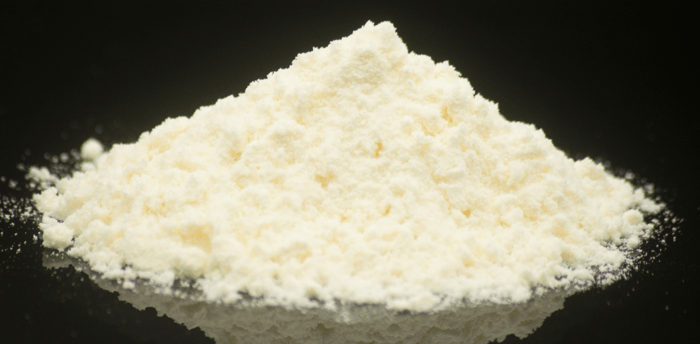 Powdered camel milk
Powdered camel milk
 Powdered camel milk
Powdered camel milkWhat Is It, Exactly?
It’s simply camel milk that has been dehydrated to remove all moisture, leaving behind a fine powder. This process helps preserve the milk, extend its shelf life, and make it easier to ship and store.
To use it, you simply mix the powder with water—usually one tablespoon per cup—to rehydrate it into a liquid form. It’s a practical option for anyone who wants the benefits of camel milk without needing constant refrigeration.
How Is It Made?
There are two main methods used to produce the powdered camel milk: freeze-drying and spray-drying. Both aim to remove moisture from the milk, but they differ significantly in how they preserve taste, nutrients, and structure.
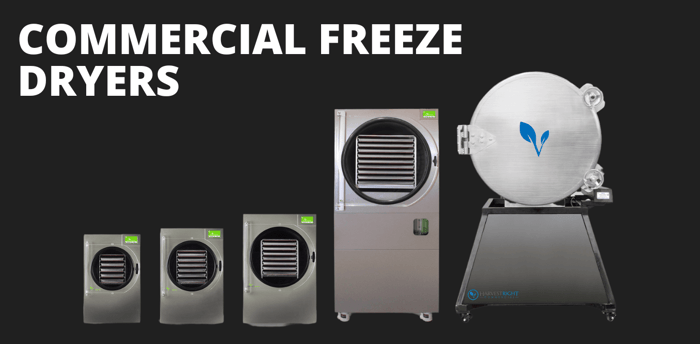
Freeze-Drying Method
Freeze-drying is considered the gold standard when it comes to preserving nutrients. In this process, the milk is first frozen at very low temperatures. Then, using a vacuum chamber, the frozen water content is sublimated (transformed directly from ice to vapor), leaving the dry milk solids behind.
Pros of Freeze-Drying:
Nutrient preservation: This method retains most of the bioactive compounds, enzymes, and vitamins that make camel milk special.
Better taste: Freeze-dried milk often tastes closer to fresh milk after rehydration.
Low-heat process: No high temperatures mean less degradation of sensitive components like immunoglobulins and lactoferrin.
Cons of Freeze-Drying:
More expensive: Because it’s a more complex and time-consuming process, freeze-dried camel milk usually comes with a higher price tag.
Limited availability: Not all manufacturers use this method, so you have to shop carefully.

Spray-Drying Method
Spray-drying is a faster and more cost-effective process. In this method, camel milk is sprayed into a hot chamber where the moisture quickly evaporates, leaving behind a fine powder.
Pros of Spray-Drying:
Cost-efficient: Spray-dried milk is typically more affordable and produced in larger quantities.
Widely available: Many commercial brands use this method, making it easier to find.
Cons of Spray-Drying:
Nutrient loss: The high heat used in spray-drying can damage some of the milk’s beneficial compounds, such as enzymes and certain vitamins.
Taste differences: Some users report a more "cooked" or processed flavor compared to freeze-dried versions.
If nutritional value and taste are priorities for you, it's important to check whether a product is freeze-dried or spray-dried. Reputable companies will usually disclose this information on their packaging or websites.
Pros
1. Long Shelf Life
This product is incredibly convenient because it doesn’t spoil like fresh milk. It can last for months (sometimes up to a year) without refrigeration if stored properly.
2. Easy to Store and Travel With
If you're traveling, camping, or simply don’t have fridge space, powdered camel milk is a great option. It comes in lightweight packaging and doesn’t need to be kept cold.
3. Accessible Anywhere
For people living in areas where fresh camel milk isn’t available, the shelf-stable kind offers an accessible alternative. You can order it online and have it delivered right to your door.
4. Nutritional Benefits Remain Intact
When processed properly—especially through freeze-drying—this form retains most of the same nutrients as fresh milk, including key vitamins, minerals, and immune-boosting compounds.
5. Cost-Effective in Bulk
While the upfront cost can seem high, it can be cost-effective when purchased in larger quantities, since it stores well and reduces waste.
Cons
1. Taste and Texture Differences
Some people notice that rehydrated powdered milk doesn’t taste exactly the same as fresh. It may have a slightly different texture or flavor, especially if spray-dried.
2. Quality Can Vary
Not all products are created equal. Some brands may overheat the milk during processing, which can damage some of its beneficial compounds. Always look for trusted sources that specify the drying method.
3. Still Not Cheap
Even though it’s shelf-stable and long-lasting, this milk can still be pricey—especially compared to cow milk or plant-based alternatives. However, many people feel the health benefits justify the cost.
4. Less Traditional Experience
For those who grew up with fresh camel milk as a staple, powdered camel milk might not offer the same connection or nostalgic experience.
How to Choose a Quality Brand
When shopping, here are a few things to look for:
Freeze-dried vs. spray-dried: Freeze-drying preserves nutrients better.
No additives or preservatives: Look for 100% pure camel milk.
Trusted sourcing and ethical farming practices: Brands like Juba Farms are known for their transparency and quality.
Clear preparation instructions: Proper rehydration is key to achieving the best taste and consistency.
Tips for Use
Use clean, filtered water for mixing. This improves the flavor and maintains purity.
Whisk or blend thoroughly. For the best texture, use a hand whisk or small blender to fully dissolve the powder.
Store it properly. Keep the powder sealed in a cool, dry place, away from direct sunlight or moisture.
You can use rehydrated milk just like regular milk—in smoothies, with cereal, in coffee, or simply on its own.
Final Thoughts
This shelf-stable option is a fantastic way to enjoy camel milk when fresh options aren’t accessible. Thanks to modern preservation methods like freeze-drying, many of the original nutrients and benefits can be retained. While there are trade-offs, especially in terms of cost and taste, the convenience and shelf stability make it a worthwhile option for many.
Whether you're managing a dairy sensitivity, seeking alternative sources of nutrients, or just curious about camel milk, this versatile form opens the door to easier access and flexible use.
Juba Farms delivers fresh camel milk directly to customers' doors nationwide. We're excited to announce that powdered camel milk will soon join our product line. In the meantime, experience the distinctive taste of our fresh camel milk by clicking the button below.




